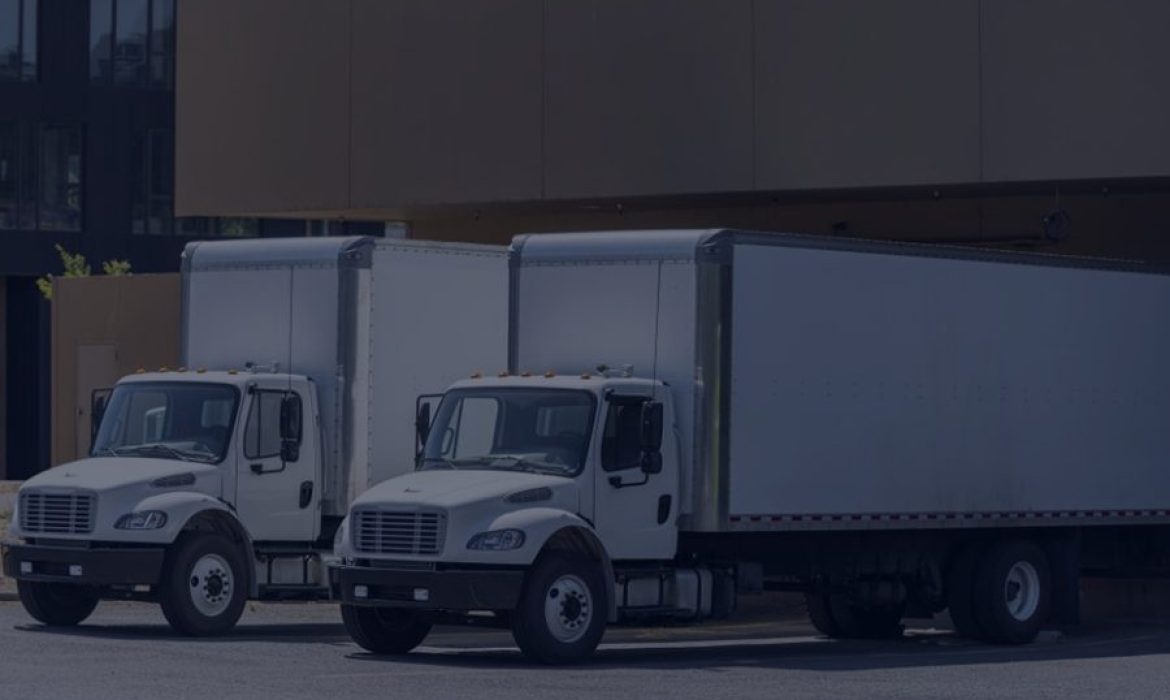Do You Need a CDL to Drive a Box Truck [Guest Post With Truckers Wiki]
Today we answer a question we frequently get. Do you need a CDL to drive a box truck? And what better way to dip into this topic, than to have editorial team of truckers.wiki the trucking Wikipedia guest post.
The question of whether you need a Commercial Driver’s License (CDL) to drive a box truck is a common one in the trucking industry. The answer depends on several factors, including the straight truck’s size and weight, and the nature of the goods being transported.
Learn more about straight (box) trucks here.
Do You Need a CDL to Drive a Box Truck?
Whether you need a CDL to drive a box truck depends on the GVWR of the vehicle.
If the box truck has a GVWR rating of 26,001 pounds or more, a CDL is required. However, if the box truck has a GVWR of less than 26,001 pounds, a CDL is generally not required under federal law. Instead, a regular driver’s license would suffice for operating the vehicle.
However, certain states may have additional requirements, and it’s essential to check local regulations.
Furthermore, if the box truck is used to transport hazardous materials that require placarding, a CDL with a HazMat endorsement would be necessary, regardless of the vehicle’s weight.
Commercial Driver’s License (CDL) Requirement
A CDL is a license that allows drivers to operate large, heavy, or placarded hazardous material vehicles in the United States. According to Federal Motor Carrier Safety Administration (FMCSA) regulations, a CDL is required to operate a vehicle that has a gross vehicle weight rating (GVWR) or gross combination weight rating (GCWR) of 26,001 pounds or more.
Additional Requirements
Even if a CDL isn’t required, professional box truck drivers must still comply with other FMCSA regulations. For example, if the truck is used for commercial purposes — that is, to transport goods for business — the driver must maintain a logbook if they travel more than 150 air miles from their work reporting location.
Health Requirements
Regardless of whether a CDL is required, all drivers of commercial motor vehicles (CMVs) must comply with certain health requirements. For instance, they must pass a DOT physical exam, which certifies that they’re physically fit to operate a commercial vehicle. This examination covers various areas such as vision, hearing, cardiovascular health, and overall physical ability.
Driver Qualifications
A prospective box truck driver must also meet certain driver qualification standards. These typically include having a clean driving record and being at least 21 years old if driving interstate (across state lines). Some states allow intrastate (within a single state) commercial driving at a younger age, but the specifics vary by state.
Experience can also be a crucial factor. Even if a CDL is not required, employers often prefer drivers with prior experience driving similar vehicles. This is because driving a box truck requires skills beyond those needed for regular passenger vehicles, such as maneuvering in tight spaces and handling larger blind spots.
Insurance Considerations
Insurance is another important consideration for box truck drivers. Commercial vehicles generally require commercial auto insurance, which provides coverage for damage or injuries resulting from business-related operations. The required coverage level may be higher for commercial vehicles than for personal vehicles, and premiums are often higher as well.
Furthermore, if a box truck driver is an independent contractor or owner-operator, they may also need to consider cargo insurance, which covers the goods being transported, and liability insurance, which provides coverage if the driver is at fault in an accident.
Conclusion
In conclusion, whether you need a CDL to drive a box truck depends on the GVWR of the truck and the nature of the goods being transported. Health requirements, driver qualifications, and insurance considerations also play a significant role. Understanding these requirements is crucial to ensuring regulatory compliance in the trucking industry.
You’ll need to provide proof of your identity and legal presence in the US, such as a passport or birth certificate. You’ll also need to have a current Medical Examiner’s Certificate, which certifies that you meet the physical qualifications to operate a commercial vehicle.







